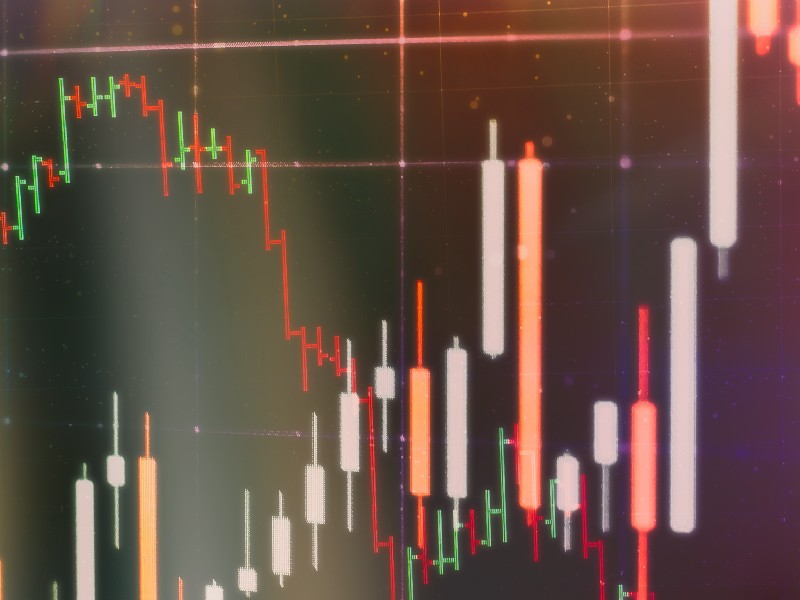
During and after the market crash of this year’s first quarter, retail traders flocked to the various commission-free online brokerages in droves.
These traders began to aggressively trade stocks. Pundits and market participants alike have claimed that these new entrants into the market have caused extreme volatility in certain stocks and some even claim that their participation has caused an unsustainable rise in the broad stock market itself. It begs the question: have the market and individual stocks truly been impacted by retail day traders? And if so, what would this mean for institutional investment portfolios?
Without a doubt, 2020 has marked a major surge in retail investor participation in the stock market. According to an S&P Global Market Intelligence Report from July, Robinhood Financial LLC, a major commission-free online brokerage, saw a 30 per cent increase in account openings in the first quarter of 2020. And in March, total daily average revenue trades, a proxy for trading volume, at Charles Schwab Corp., TD Ameritrade Holding Corp. and E*Trade rose to 6.33 million, a whopping 229 per cent increase from trading volumes a year prior, said the S&P report, citing data from Sundial Capital Research.
Data has also shown that day traders have been driven disproportionately to high flying, thematic names such as Tesla and Nikola, which has led some to conclude that retail participation has been a driving force behind their sustained rise.
All of this noted, research does not yet support that retail participation has been the cause of a surge in stocks, at least broadly. In a June 12 note, Ryan Preclaw, head of investment sciences at Barclays, indicated that during the rally in U.S. equities during the second quarter, there was actually a negative relationship between the change in the number of Robinhood users that held a specific stock and that stock’s returns.
JP Morgan quantitative and derivative strategy research also looked at the impact of retail trading in an August 2020 report. It found that stocks with greater interest among Robinhood traders outperformed those with decreasing popularity over one week and one-month periods. However, this relationship was inconclusive for longer time horizons. Further JP Morgan also found that the impact was much less pronounced in large cap stocks relative to small and mid-cap stocks.
We can make two main conclusions on what retail presence means for institutional investors. First, the weak or negative correlation between retail participation and stock returns may indicate that retail participation has not been a major driver of the stock market’s recent surge and that a potential future decrease in retail participation should therefore not be a major source of concern for equity investors.
Second, from the perspective of investment opportunities, retail participation has historically been a positive prospect for active fund management. For example, a 2017 Credit Suisse research piece showed that the increased participation of noise traders, or relatively unsophisticated individual traders, during the two-year period ending March 2002 (the period immediately preceding the burst of the U.S. tech bubble) also marked a significant increase in the standard deviation of excess returns for active managers, indicating that opportunities for skillful active managers during this period were very robust.
The research showed that the long-term correlation between the standard deviation of active manager excess returns and individual direct ownership in stocks was a very robust 0.66.
Thus, though it is difficult to determine whether the current boom in retail stock market participation will be sustained, its ending should not be a major source of concern and while it lasts, active managers could be presented with a greater opportunity set.
Emerson Savage is an institutional portfolio manager at Louisbourg Investments. These views are those of the author and not necessarily those of the Canadian Investment Review.
